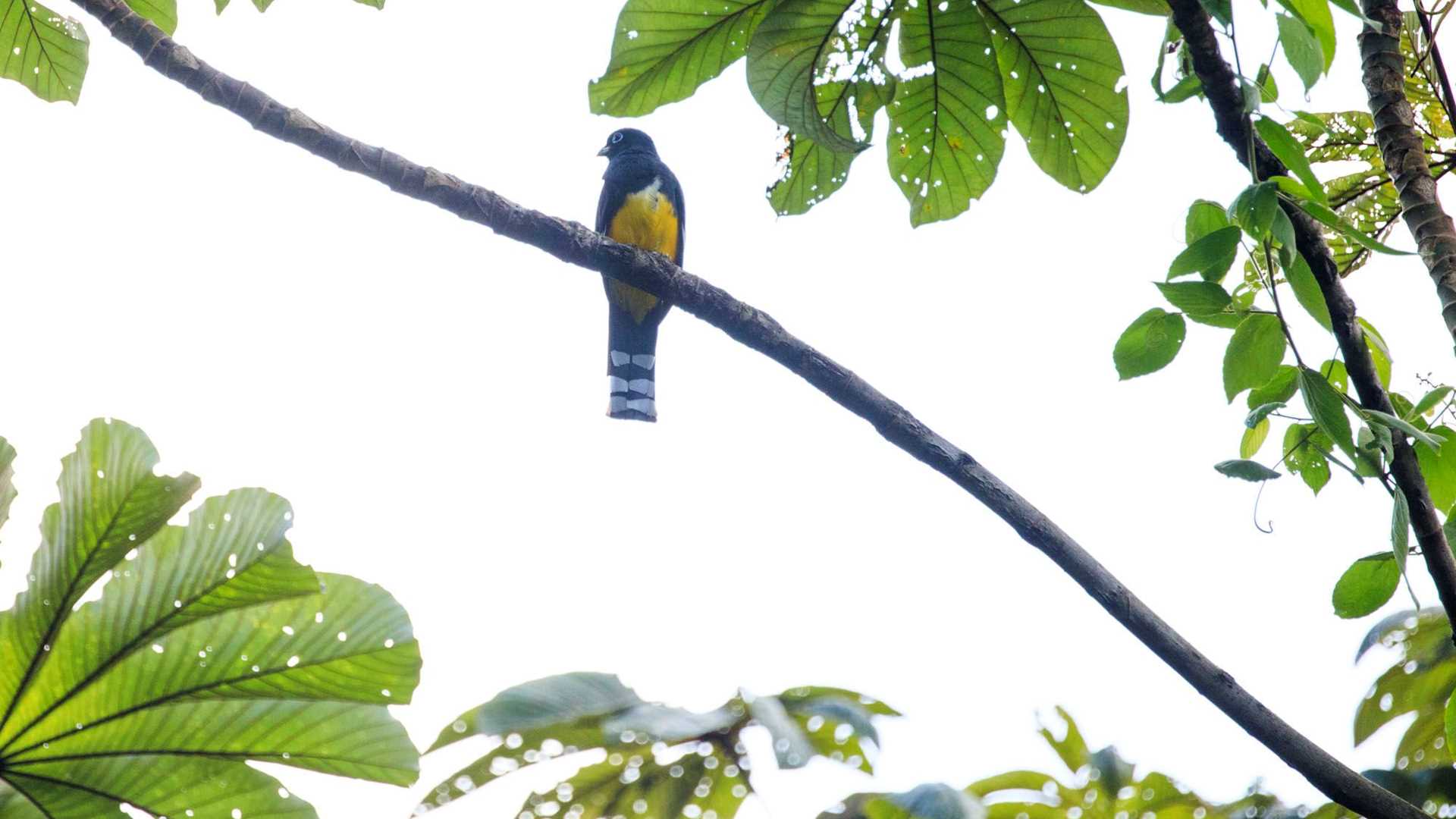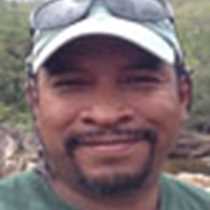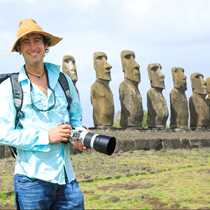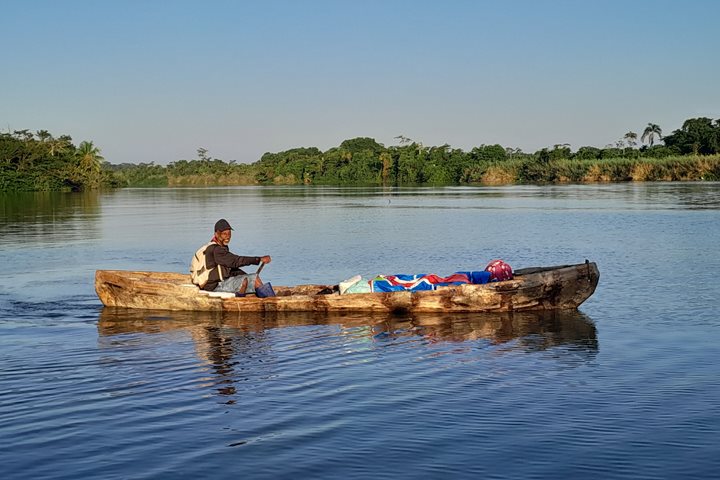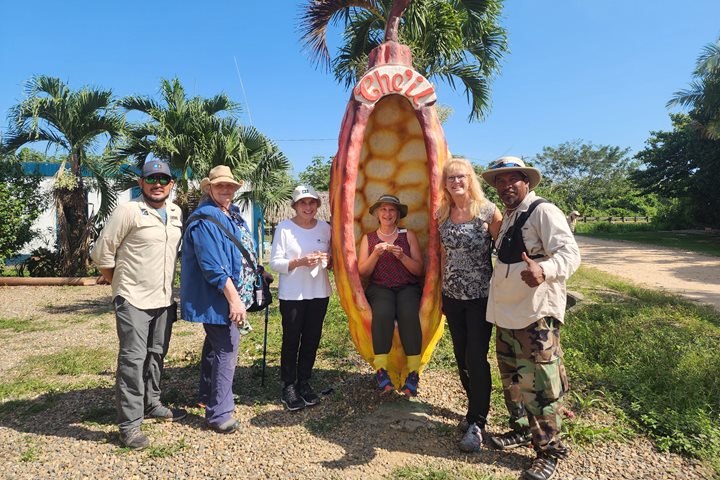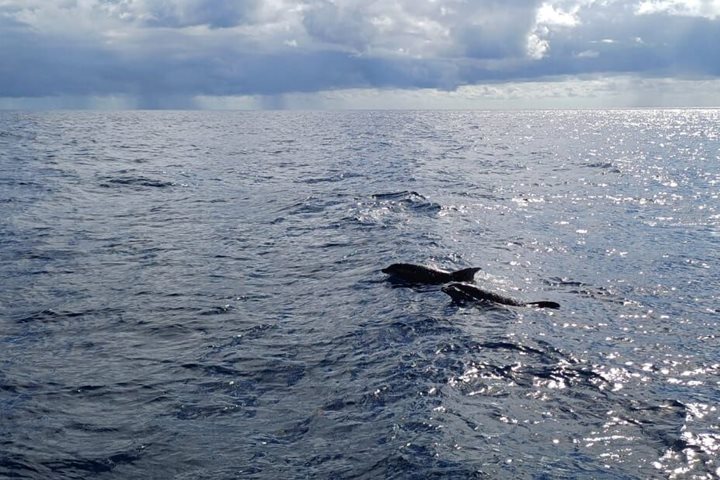Our day began at 5:30 a.m., in order to get up and ready in time for a day’s expedition to the Cockscomb Basin Wildlife Sanctuary. Many wonderful educational programs are run here, with a highlight being the wildlife protection program featuring local jaguars.
By 6:30 a.m. guests began arriving at the beach in Placencia, a beautiful town where our buses were waiting. After receiving our Belizean breakfast, we loaded the buses to head to our day’s adventure. En route, we learned how this area became a wildlife preserve. It was originally a logging settlement, established around 1973, with very few people living amongst its many thousands of acres. Over time, residents in nearby villages began complaining that the local large cat population was decimating their own animals, namely their dogs and cows. Local researchers came in to investigate and realized the jaguar population was the cause of the commotion. Therefore, over time, the area was turned into a sanctuary and the area’s one and only jaguar preserve. The remaining locals evacuated the area in 1986 and since then, research has abounded, with about 150 big cats found. They were originally all thought to be males, but over time they realized some females had snuck in, so the count was modified and could be much higher today than estimates allow. About 85% are likely males, with females having 2 or 3 cubs a piece. While learning about the jaguars, we also saw birds like the black-headed trogon, stripe-throated hummer, white-colored manakins, and crested queans, which are all protected here as well.
After our visit to the sanctuary we enjoyed a stop at the local Mayan Center to buy local handicrafts and chocolates. Lunch was local and delicious, and, with full bellies, we headed into town. This afternoon our guests had the option to explore the town independently, or to return to National Geographic Quest. All in all, it was a wonderful day.

